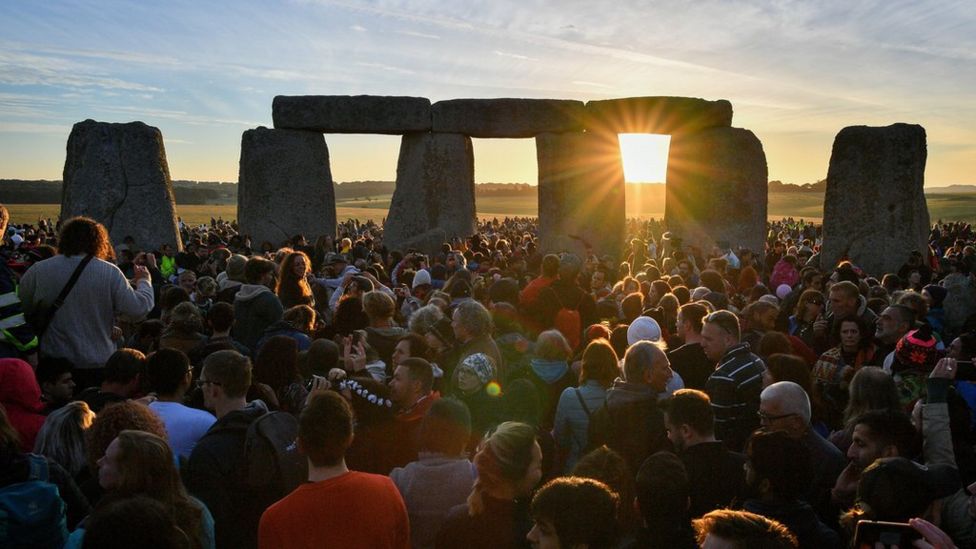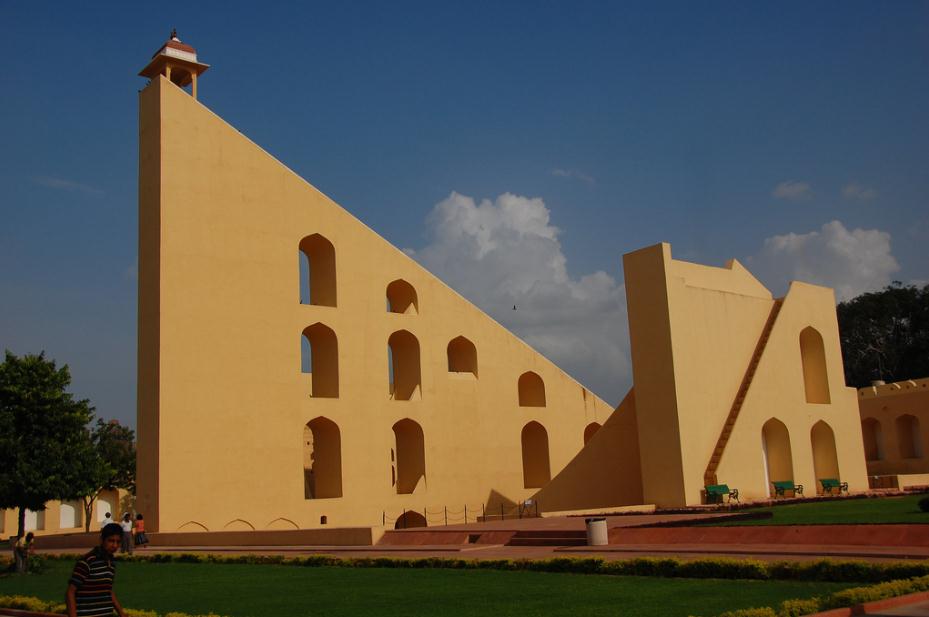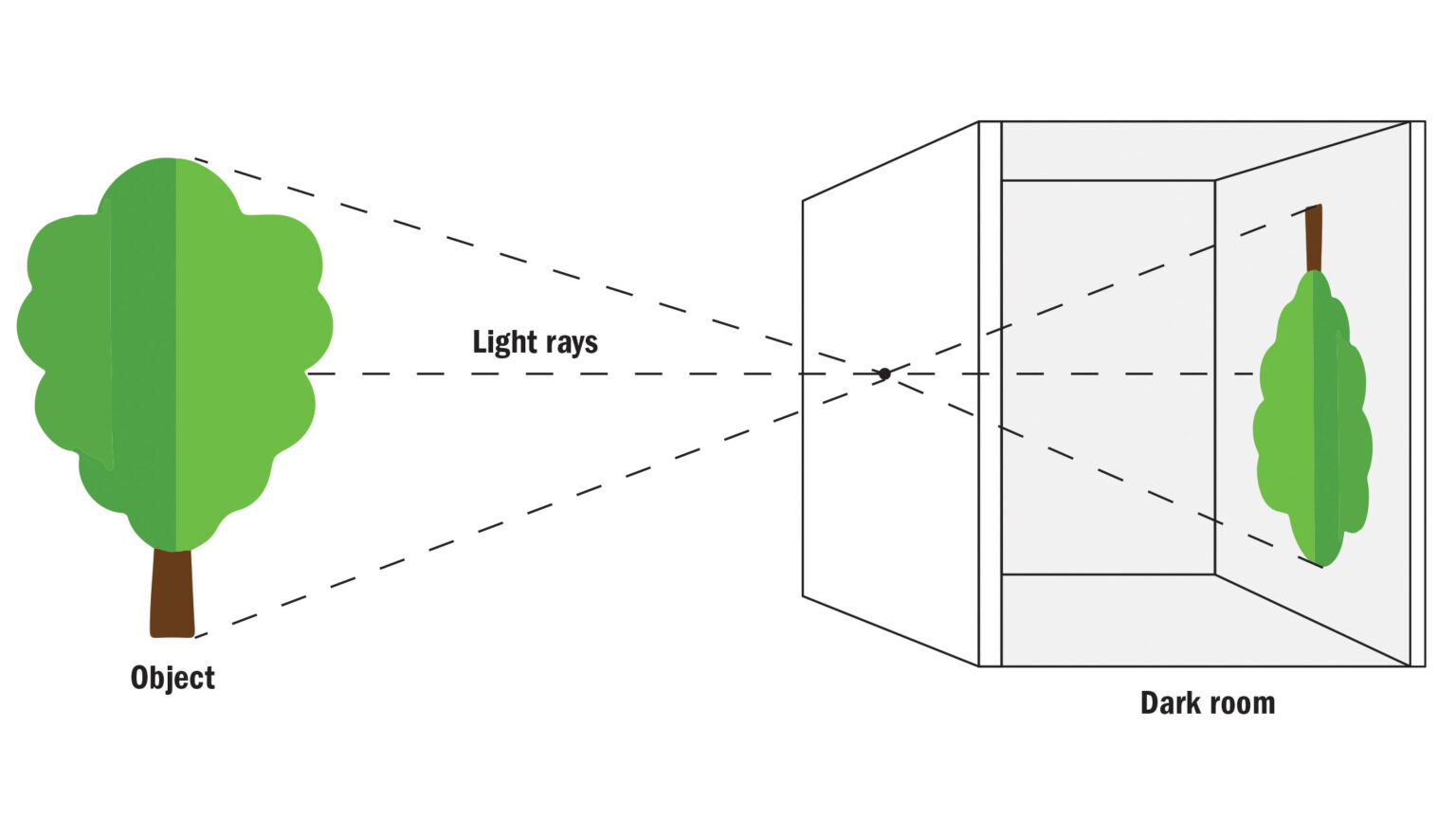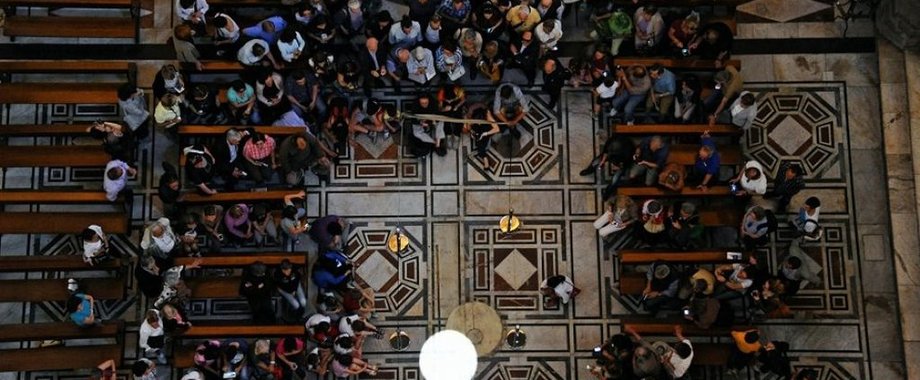Every year on June 21, thousands of people come to the English town of Salisbury and head to one of the most famous historical buildings of the British Isles — the Stonehenge near-horizon Observatory. There they wait for the dawn to make sure once again: the Sun rises on the day of the summer solstice at exactly the point that our ancient ancestors “marked”.

In fact, it is not necessary to spend the night at Stonehenge on the night of June 21-22. Almost at the same point on the horizon, our luminary will appear both a day earlier and a day later. According to the classical definition of the solstice, it occurs when the declination of the center of the solar disk reaches a maximum. A few days before this moment, it changes slightly, and practically does not affect the position of the sunset place. So is it possible to see the solstice with the naked eye?
Insidious Disk
Here it is immediately necessary to make a remark: it is possible to observe the Sun without protection only when it is almost above the horizon and its rays travel a sufficiently long distance in the earth’s atmosphere. Due to this, a significant part of the radiation is absorbed and scattered. At all other times, it is necessary to protect the eye with dark glass or use special mirror filters. But is it necessary to look directly at our luminary to determine the height above the horizon?
Ancient astronomers used to determine the moment of noon gnomon — a fairly long stick vertically stuck into the ground. When its shadow became the shortest, it meant that the Sun was passing the upper peak. The same principle was applied in the sundial. However, the main “subject of measurements” was not the length of the shadow, but its position. The higher the gnomon, the greater the accuracy of measurements it provides. The world’s largest such clock, built at the Jantar Mantar Observatory in the Indian city of Jaipur, has a height of 27.4 m and allows counting time with an accuracy of two seconds. Perhaps this technique will help to detect the change in the height of the luminary at the peak during the solstices?

It won’t help, and here’s why. The speed of the Sun’s daily movement through the celestial sphere, which actually reflects the rotation of the Earth around its axis, is 15° per hour, or 15 angular seconds per second. This means that in one second of time our luminary moves by an amount slightly less than 1/20 of the apparent diameter of its disk. The declination of the center of the Sun near the solstices changes by no more than 7-8 arcseconds per day. What is the problem? It is only necessary to build a tower 4 times higher than the Jaipur sundial…
In fact, there are plenty of such towers around residents of large cities. A standard 9-storey building has a height of 25 m, and now we have already built a lot of 24-storey and higher buildings. Try on a clear sunny day to look closely at the shadow cast by the corner of such a building or some noticeable detail on the roof (for example, an antenna). Immediately get ready for a surprise: you… won’t see it! More precisely, its edge will be so blurred that it will practically not allow you to distinguish where the shaded area begins and the illuminated one ends.

The fact is that our daylight is not a point source of light: it has a fairly large disk. This means that the shadows created by it will be framed by penumbra — the area where this disk looks partially obscured, not completely. With an increase in the distance to the “shading” object, the size of the penumbra will also grow. That is why two seconds is the maximum possible accuracy of a sundial. It is impossible to measure the change in the declination of the Sun near the solstices in this way.
Medieval camera
And nevertheless, our ancestors turned out to be smart enough to get around this complexity. Again, let’s recall Stonehenge: its builders were guided not just by the “sunset point”, but by the disappearance of the upper edge of its disk beyond the horizon. This moment can be determined to the nearest second. If only we could “catch on” to this edge when the luminary is high in the sky…
If you completely close the window in the room with some opaque material, leaving a small hole in it, on the opposite wall you can notice a “picture” of the outside world reflected along the horizontal axis. The smaller the hole size, the dimmer the image will be, but also the greater its sharpness will be. This is a camera obscura known since the early Middle Ages, which allowed taking “photographs” long before lenses and photosensitive materials were invented: it was enough to project an image onto a sheet of white paper and draw the contours of objects on it with a pencil.

The sun is the brightest object in the sky, it will shine brightly enough even through a tiny hole. Its minimum size in this case is limited by the wave nature of light: the diameter of the hole must be at least 0.02 mm. To see such a thin ray, you need a completely dark room. And, of course, the further away the observer is from the hole, the more accurately he/she will be able to measure the deviation of the ray from its previous direction or any fixed reference point.
It was this principle that was used when observing the Sun at the famous Ulugbek Observatory. It had a quadrant with a radius of 40.2 m, which allowed the scientist to determine the duration of the year with an accuracy of half a minute, and the magnitude of the inclination of the ecliptic to the celestial equator — with an accuracy of an angular minute. This result was the most accurate in the pre-telescopic era.

Similar observations have also been made in Europe. It is not difficult to understand that the best conditions for them were in the churches with their high domes and spires. For example, the Florence Cathedral attracts many visitors during the solstice. They want to see how a sunbeam passing through a hole in the roof illuminates a marble circle specially built into the floor. Since the declination of the Sun remains almost unchanged for several days, such a “hit” occurs not only on June 21, but also on the 20th and 22nd, and sometimes also on the 23rd. It depends on exactly at what point of time our luminary passes its “highest point”. Of course, the beam on the floor looks like a rather large disk, and for some time before and after the solstice it enters the “mark” only partially, but on other days it does not fall on it at all. It has not yet been possible to find out whether there are such “astronomical churches” in Ukraine.
Follow us on Twitter to get the most interesting space news in time
https://twitter.com/ust_magazine
